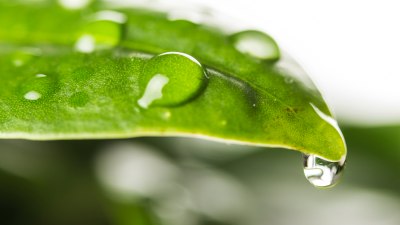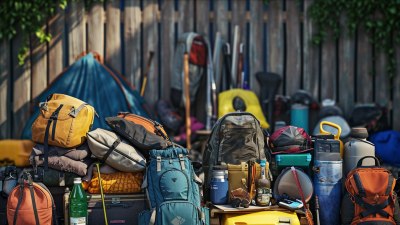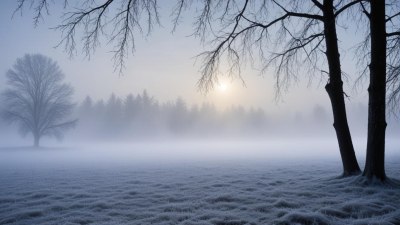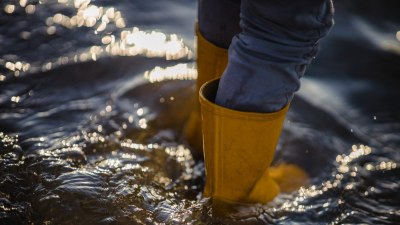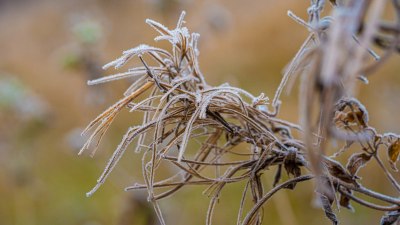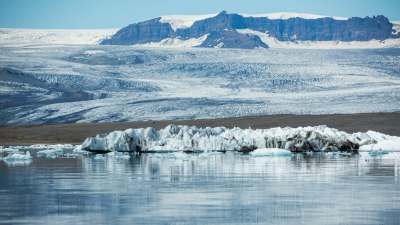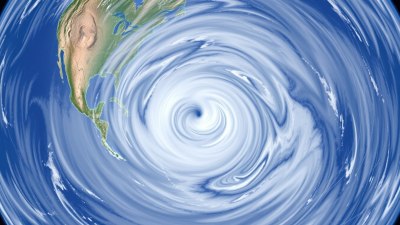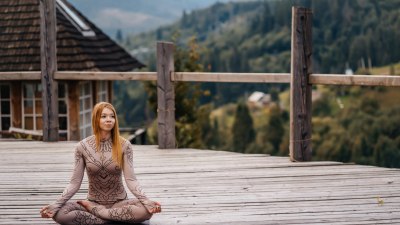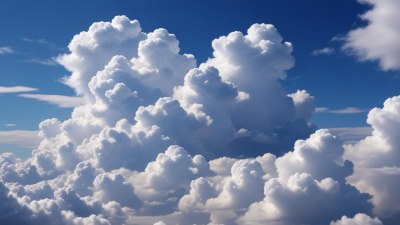Why You Suddenly Want to Try New Hobbies When Weather Changes
Explore the psychological and physical reasons behind the urge to try new hobbies with changing weather.

This image was created with the assistance of Freepik
As the seasons shift, many individuals experience a sudden surge of motivation and curiosity to explore new hobbies. This phenomenon can be attributed to a variety of factors including psychological effects, physical changes in our environment, and the natural human desire for growth and adventure.
The Psychological Influence of Weather Changes
Weather plays a crucial role in shaping our mental state. The warmer temperatures of spring and summer often evoke a sense of freedom and rejuvenation after the cold, stark months of winter. This revitalization can lead to increased levels of serotonin, the hormone responsible for mood regulation, which can spark interest in new activities. Conversely, the onset of fall and winter can encourage cozy indoor interests that we might overlook during the sunnier months.
The Seasonal Impact on Mood
Seasonal Affective Disorder (SAD) is a condition that highlights the connection between changing weather and mood changes. As daylight decreases in autumn and winter, some people may find their energy plummeting and creative spark dimming, which can push them to seek happiness in new hobbies. Engaging in these pursuits can serve as a therapeutic strategy to counteract SAD, as the act of trying something new can release positive endorphins that combat feelings of sluggishness or melancholy.
Physical Changes in Environment
The environment shifts considerably with the changing seasons, which affects our daily routines. Outdoor activities become more appealing when the weather is pleasant, encouraging us to explore hobbies such as gardening, hiking, or biking. On the flip side, colder months invite indoor activities like knitting, cooking, or even video gaming. The environment essentially determines what's deemed comfortable or fun, nudging individuals toward certain hobbies based on the accessibility of various options.
The Cycle of Curiosity and Growth
Humans are naturally curious creatures, and weather changes can act as a catalyst for this curiosity to manifest. When seasonal transitions occur, they often spark a desire to reflect on personal growth and self-discovery. This urge may lead individuals to explore new hobbies as they seek meaning or fulfillment during these transitions. Trying new hobbies can enhance personal skills or provide new social experiences, leading to a fuller, more enriched life.
Social Influences and Hobbies
Weather also affects social activities. In warmer months, communities typically see an uptick in outdoor festivals, markets, and group classes, creating opportunities for individuals to try things they may never have considered. The natural social interactions that occur around these events often encourage people to join activities simply because their friends are involved or because they want to meet new people. In winter, the social scene shifts indoors, promoting a different set of hobbies where individuals can bond and learn together in more intimate settings.
Fostering Creativity Through Change
Changes in weather can also foster creativity. Different seasons bring varying colors, smells, and sensations that inspire artists, writers, and creators to pursue their passions with renewed vigor. For example, the bright colors of autumn leaves can inspire photographers and painters to capture life from a fresh perspective. The stark whites of winter snow can prompt writers to delve into themes of solitude and introspection.
Physical Activity and Seasonal Motivation
The desire to be active often aligns with changing weather. The arrival of spring and summer can encourage people to take up sports, join a gym, or participate in outdoor activities. The increased sunlight and favorable temperatures provide a perfect backdrop for engaging in physically demanding hobbies, such as kayaking, running, or playing team sports. This seasonal motivation is vital for maintaining physical health and wellbeing.
Incorporating New Skills Into Life
Engaging in new hobbies during transitional seasons can lead to the acquisition of valuable skills. For instance, someone who starts gardening in spring may learn about sustainable practices, while one who takes up cooking during colder months can explore global cuisines through family recipes. These skills not only occupy time but also contribute to self-sufficiency, health, and a sense of achievement.
Rituals That Mark Seasonal Changes
Humans often create rituals to signify changes in seasons, which can enhance our connection to hobbies. For instance, as people prepare for the winter months, they may seek to partake in baking sessions that involve festive themes or cooking strategies for meal prep. Participants create sensory memories that tie them back to their hobbies, strengthening their emotional ties to these activities and reinforcing their desire to continue them during the season.
Coping Mechanisms for Seasonal Changes
Lastly, turning to new hobbies can serve as an effective coping mechanism for the stress associated with seasonal changes. For many, the onset of winter can mean increased stress from shorter days or family obligations during the holidays. Having hobbies to turn to provides an excellent outlet for managing this stress. Whether it's painting, writing, or simply engaging in crafts, hobbies can offer comfort and distraction, allowing individuals a reprieve from their daily stresses.
In conclusion, the desire to explore new hobbies during weather changes is multi-faceted. Psychological influences, environmental effects, and seasonal social dynamics all contribute to this phenomenon. As the seasons continue to rotate, allowing our interests to evolve in tandem can lead to a fuller, richer experience of life that honors our innate curiosity and need for connection.

